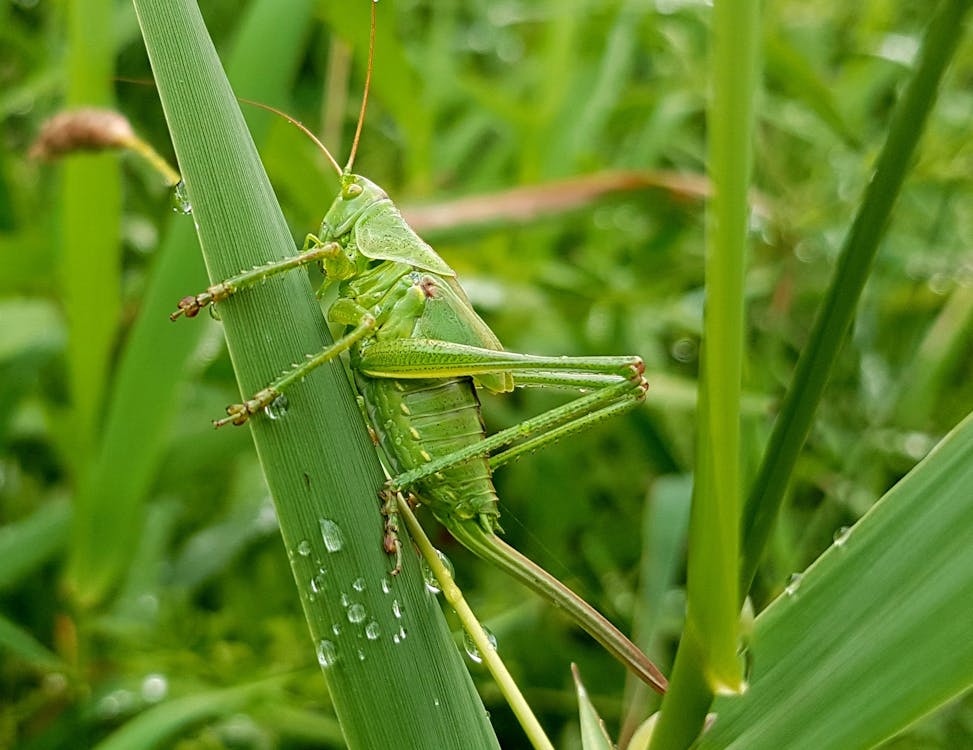How is India planning to control the locust plague?

Neucrad Health May 31, 2020
When the entire world is fighting the menace of COVID-19 pandemic, India is threatened by swarms of locusts, each measuring around a square kilometre. Currently, the country is pressing drones, tractors, and insecticides spraying team into action to control the invasion. According to the latest reports, the voracious insects have already engulfed more than 50,000 hectares (123,5000 acres) of agricultural land. They have entered India from Pakistan after crossing the border in Rajasthan.

The locust swarms are presently active in Gujarat, Maharashtra, Madhya Pradesh, Uttar Pradesh, and Punjab. Since, 1962, India has not experienced any full-blown locust invasion. In 1978 and 1993, the Government could control large-scale upsurges of these insects. However, in 2020 things might be different, as the nation is already stumbling under the effect of the coronavirus-impacted declining economy. If India’s Locust Warning Organization is unable to control the migratory pests, then it can lead to a wide-scale shortage of foods.
What are locusts?
Locusts are a type of large tropical grasshoppers belonging to the family called Acrididae. They usually live a solitary life. However, under some circumstances, these insects can change their eating and social habits and turn into gregarious swarms of pests called locusts. Taxonomists do not make any distinction in the Nomenclature between grasshoppers and locusts. The lifecycle of locusts follows several stages from eggs to hoppers to immature adults and finally ending in mature adults. Among all these phases, the pink-coloured, highly active, voracious young adults are most harmful for crop production.
The swarms of locusts are highly mobile and may contain up to 80 million insects spreading across a square kilometre. Experts believe that even a crowd of 40 million locusts can consume crops equivalent to the food of 35,000 people. In India, at present 10 such colonies of locusts are flying in the north-western states. If they continue to propagate for some time without any break, then it can lead to the food crisis in the nation.
Its impact on crops

This year, Indian farmers have already harvested Rabi (winter) crops in spring. So, as of now, locust swarms have spared the food crops like wheat, pulses and oilseeds. However, the pests are devastating orange cultivation in Nagpur, tender millet and moong dal crops in Uttar Pradesh, and cotton harvest and vegetables in other states in North-Western India. Officials of India’s Locust Warning Organisation and the Indian Council of Agricultural Research (ICAR) are trying their level best to stop the outbreak of these voracious insects before the arrival of monsoon (official arrival date is 1st June). In the presence of moisture, the locust colonies will mature and breed. They can endanger the Kharif (monsoon) crops.
How is India planning to control the locust plague?
The Indian Government is making every effort to ward off the locust’s swarms from their territory. Currently, the Locust Warning Organisation (LWO) under the Agriculture Ministry is acting as the nodal agency for controlling the pests. They have placed orders for 60 spraying machines from a United Kingdom-based machinery firm- Micron. They already pressed into action 810 tractor mounted sprayers, 120 survey vehicles, 89 fire brigades, and 47 control vehicles for counteracting the pests. Additionally, the agency is also considering to utilise drones for spraying insecticides. LWO has set up temporary control camps in Ajmer, Chittorgarh, and Dausa in Rajasthan for early detection and combat of swarms. Similar camps have also come up in Jhansi in Uttar Pradesh and Mandsaur, Ujjain, Shivpuri in Madhya Pradesh.
Though the pest attack is nothing new for the country, this year the situation can turn grave. Already the world is suffering the onslaught of COVID-19 pandemic. In this condition, the food crisis can threaten the existence of people.
References:





